A new search for extraterrestrial life has scientists looking inward — toward the center of our galaxy.


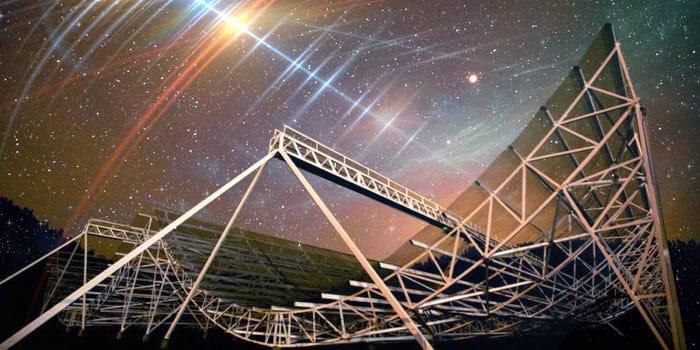
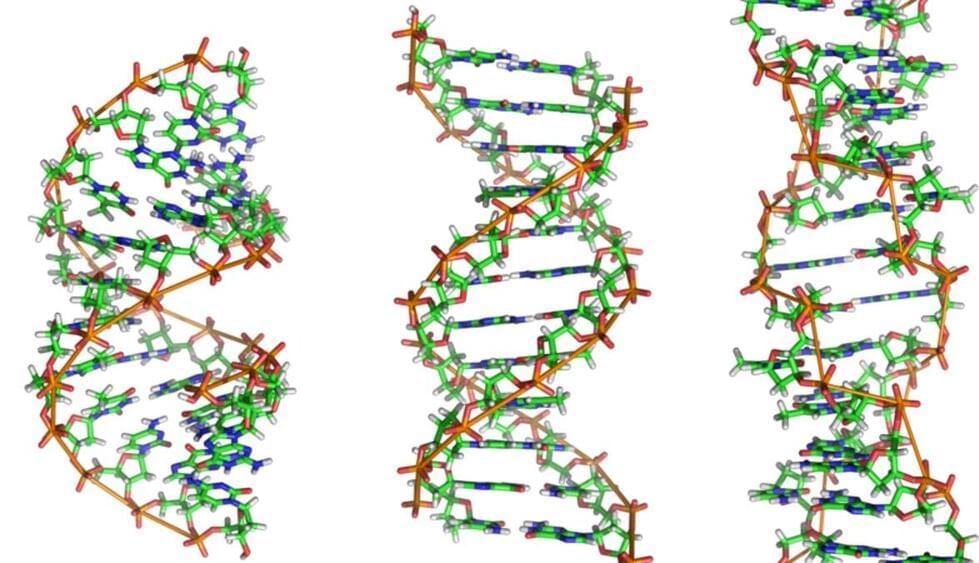

Year 2020 o.o!!!
The primary difficulty of interstellar communication is finding common ground between ourselves and other intelligent entities about which we can know nothing with absolute certainty. This common ground would be the basis for a universal language that could be understood by any intelligence, whether in the Milky Way, Andromeda, or beyond the cosmic horizon. To the best of our knowledge, the laws of physics are the same throughout the universe, which suggests that the facts of science may serve as a basis for mutual understanding between humans and an extraterrestrial intelligence.
One key set of scientific facts presents an intriguing question. If aliens were to visit Earth and learn about its inhabitants, would they be surprised that such a wide variety of species all share a common genetic code? Or would this be all too familiar? There is probable cause to assume that the structure of genetic material is the same throughout the universe and that, while this is liable to give rise to life forms not found on Earth, the variety of species is fundamentally limited by the constraints built into the genetic mechanism.
On Earth we have only sequenced the genomes of a small percentage of living organisms and have only recently completed the human genome. We have successfully cloned several animals, but technical and ethical roadblocks prevent scientists from doing the same with humans. If an extraterrestrial civilization isn’t burdened with ethical dilemmas about cloning, however, sending the genetic code for humans and other species may be the most effective way to teach them about our biology.
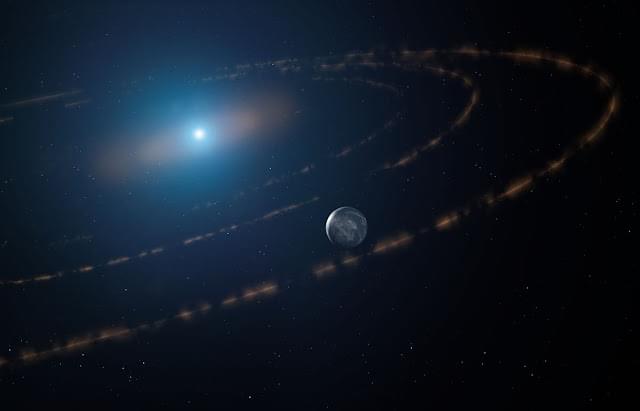
The existence of life on planets orbiting stars akin to our sun doesn’t necessarily require these stars to be exceptionally powerful.
Scientists have uncovered a possible “giant planet” orbiting a dying star, which could potentially support life in the future.
Researchers from University College London made the “startling” discovery while studying a white dwarf, the glowing remnants of a star that exhausted its hydrogen fuel. Located about 117 light-years away, this star, known as WD1054-226, features a ring of planetary debris in its habitable zone, or Goldilocks zone, where temperatures might allow liquid water to exist on a planet’s surface.
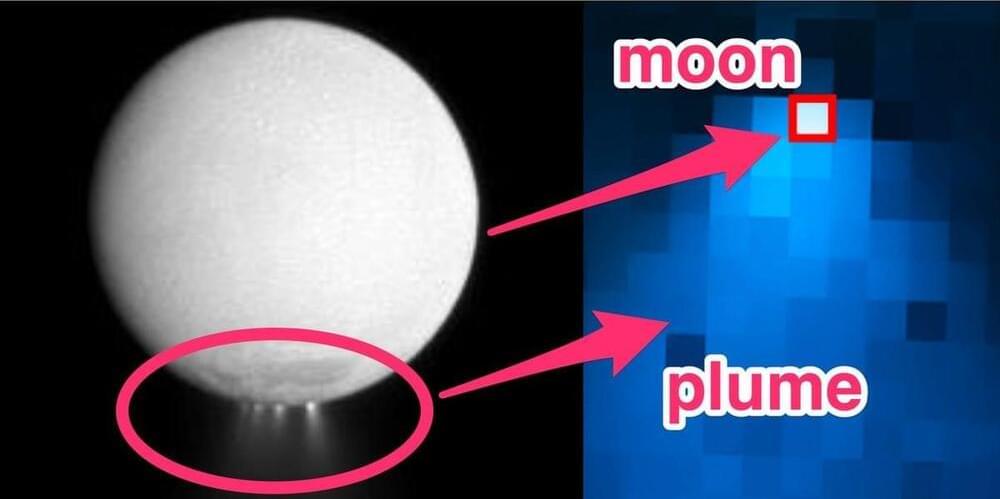
Neil Gershenfeld is the director of the MIT Center for Bits and Atoms. Please support this podcast by checking out our sponsors:
- LMNT: https://drinkLMNT.com/lex to get free sample pack.
- NetSuite: http://netsuite.com/lex to get free product tour.
- BetterHelp: https://betterhelp.com/lex to get 10% off.
EPISODE LINKS:
Neil’s Website: http://ng.cba.mit.edu/
MIT Center for Bits and Atoms: https://cba.mit.edu/
Fab Foundation: https://fabfoundation.org/
Fab Lab community: https://fablabs.io/
Fab Academy: https://fabacademy.org/
Fab City: https://fab.city/
PODCAST INFO:
Podcast website: https://lexfridman.com/podcast.
Apple Podcasts: https://apple.co/2lwqZIr.
Spotify: https://spoti.fi/2nEwCF8
RSS: https://lexfridman.com/feed/podcast/
Full episodes playlist: https://www.youtube.com/playlist?list=PLrAXtmErZgOdP_8GztsuKi9nrraNbKKp4
Clips playlist: https://www.youtube.com/playlist?list=PLrAXtmErZgOeciFP3CBCIEElOJeitOr41
OUTLINE:
0:00 — Introduction.
1:29 — What Turing got wrong.
6:53 — MIT Center for Bits and Atoms.
20:00 — Digital logic.
26:36 — Self-assembling robots.
37:04 — Digital fabrication.
47:59 — Self-reproducing machine.
55:45 — Trash and fabrication.
1:00:41 — Lab-made bioweapons.
1:04:56 — Genome.
1:16:48 — Quantum computing.
1:21:19 — Microfluidic bubble computation.
1:26:41 — Maxwell’s demon.
1:35:27 — Consciousness.
1:42:27 — Cellular automata.
1:46:59 — Universe is a computer.
1:51:45 — Advice for young people.
2:01:02 — Meaning of life.
SOCIAL:
- Twitter: https://twitter.com/lexfridman.
- LinkedIn: https://www.linkedin.com/in/lexfridman.
- Facebook: https://www.facebook.com/lexfridman.
- Instagram: https://www.instagram.com/lexfridman.
- Medium: https://medium.com/@lexfridman.
- Reddit: https://reddit.com/r/lexfridman.
- Support on Patreon: https://www.patreon.com/lexfridman
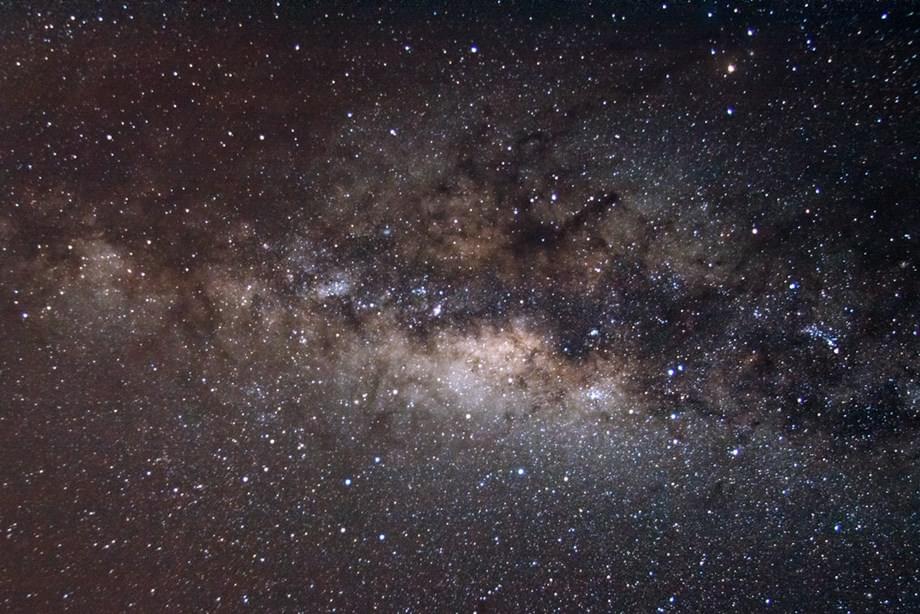
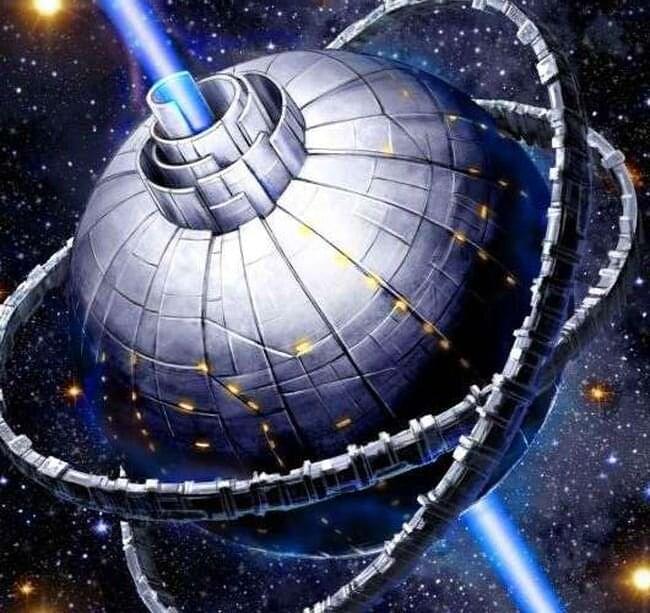
The Breakthrough Listen Investigation for Periodic Spectral Signals (BLIPSS), led by Akshay Suresh, Cornell doctoral candidate in astronomy, is pioneering a search for periodic signals emanating from the core of our galaxy, the Milky Way. The research aims to detect repetitive patterns, a way to search for extraterrestrial intelligence (SETI) within our cosmic neighborhood.
The researchers developed software based on a Fast Folding Algorithm (FFA), an efficient search method offering enhanced sensitivity to periodic sequences of narrow pulses. Their paper, “A 4–8 GHz Galactic Center Search for Periodic Technosignatures,” was published May 30 in The Astronomical Journal.
Pulsars—rapidly rotating neutron stars that sweep beams of radio energy across the Earth—are natural astrophysical objects that generate periodic signals but humans also use directed periodic transmissions for a variety of applications, including radar. Such signals would be a good way to get someone’s attention across interstellar space, standing out from the background of non-periodic signals, as well as using much less energy than a transmitter that is broadcasting continuously.